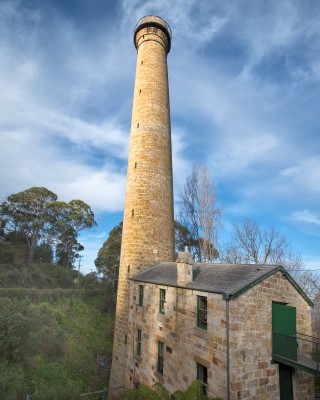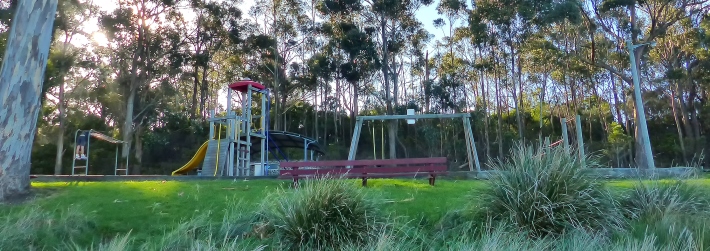

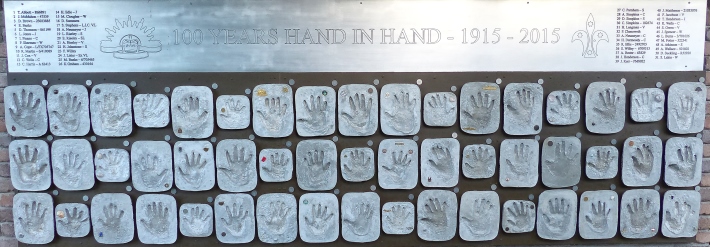

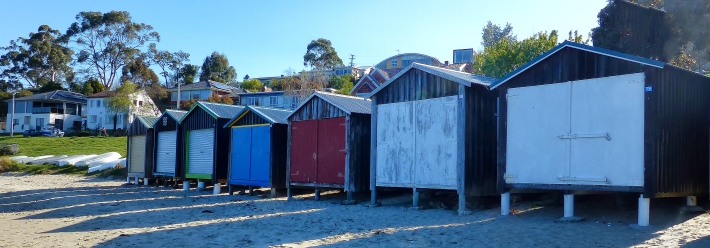

.jpg?template=generic)
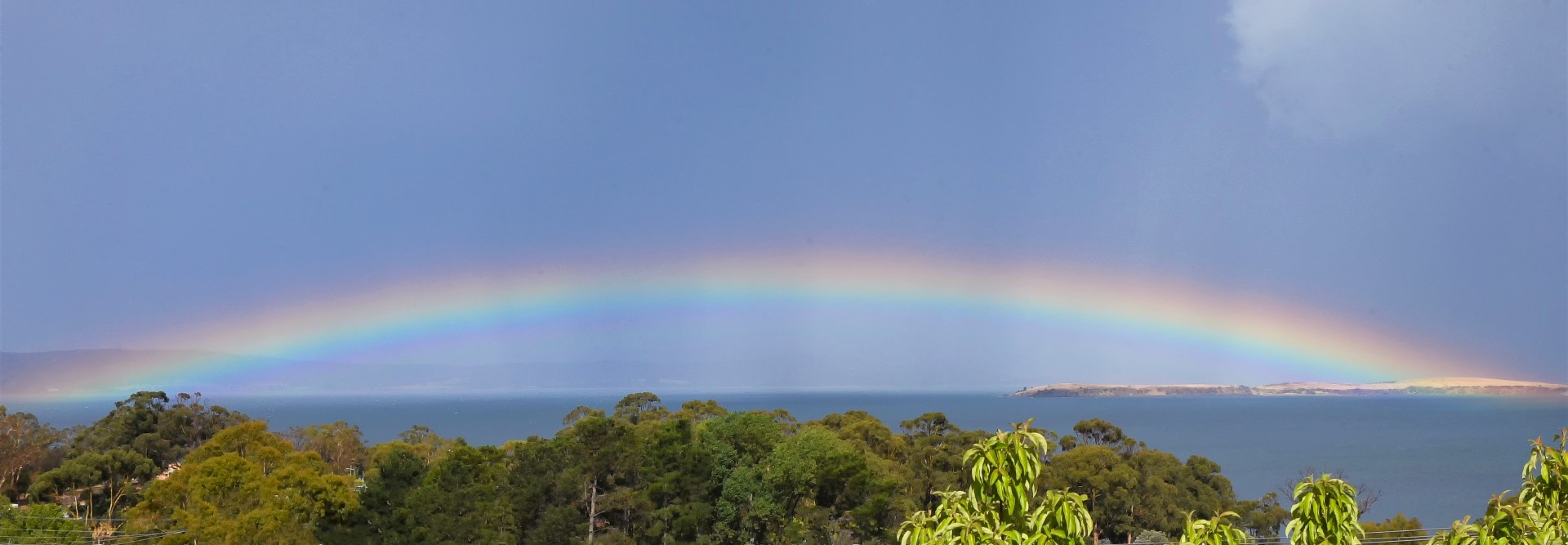


Landslide
Information on Kingborough Council’s Taroona Landslide Risk Assessment Project
Below is a summary of the presentation by Tony Ferrier, Deputy General Manager, Kingborough Council given to the TCA on 29 November 2012 reporting on the Council and Mineral Resources Tasmania project investigating the Taroona Landslide.
TAROONA LANDSLIDE RISK ASSESSMENT AND MITIGATION PLAN
Notes prepared by Tony Ferrier for presentation to Taroona Community Association - 29th November 2012
(1) BACKGROUND
"School Creek Landslide" - location encompassing the two schools and an indeterminate number of houses (probably less than 100 mainly to the south of the schools)
Earliest reported structural damage to a residential property in 1967 - early thoughts were that the problems were soil related
Regularreports of ground movement along a section of the Channel Highway from 1975 onwards
Other structural damage within the residential area and the high school site - causes are uncertain and some may be landslide related (not all)
Aerial photography of the area indicates the landslide has been active since at least 1946 - though it is a landslide that potentially goes back thousands of years
MRT observations since the 1970s and DIER has been monitoring the Channel Highway - specific studies completed in 2001 and 2002
Key physical features of a landslide - an active head-scarp, hummocky ground and sudden changes in slope - School Creek itself makes a 90 degree turn which is consistent with the impact of a landslide (an ancient feature)
Landslide activity is usually triggered by heavy rainfall and increased groundwater pressure - recent monitoring at Taroona appears to bear this out (eg monitoring commenced in 2007 with no movement detected in a dry period for two years, then heavier rainfall during second half of 2009 appeared to trigger some landslide activity)
The Taroona landslide appears to be a very old, large, deep and extremely slow (intermittent) moving landslide - it is therefore very difficult to analyse or develop a model that predicts its behaviour
Movement is being detected on the edges but not as much in the centre (over 50m deep in the middle of the landslide) - the greatest movement is near the highway and is averaging about 2-6mm per year - total seaward movement has been up to 85mm between 1991 and 2008
Council received a land stability report from MRT in 2002 that attempted to understand the scale and extent of the landslide - Council wrote to all the potentially affected residents at the time
Since then SES, MRT and Local Govt were involved in a series of studies associated with landslide hazards and debris flow risks in the greater Hobart area and specifically on the outer slopes of Mt Wellington (Taroona was assessed within that context)
(2) DESCRIPTION OF CURRENT PROJECT
In 2009 Council, SES, MRT and Dept of Education developed a joint initiative that involved undertaking a thorough validation study of the Taroona landslide - application subsequently made to Federal Govt's Natural Disaster Resilience Program
A 3-stage investigation program - Stage 1 involved the collation of all available information and the development of potential management options (including further geotechnical studies and appropriate development controls). Stage 2 would be the further studies themselves that also included community consultation, structural audit of buildings and other infrastructure, upgraded monitoring systems and slope stability analysis. Stage 3 would involve the preparation of a long term management plan for the area
For Council the completion of the Taroona Landslide Risk Assessment and Mitigation Plan will provide a future pathway to follow in order to best respond to this very complex issue
Funding was approved and tenders called for Stage 1 - GHD consultants awarded contract and work commenced in mid-2011 - close collaboration with MRT and external landslide expert employed for process review
(3) STAGE 1 RESULTS
Copy of the Stage 1 report is on Council's website - a technical review that deals with the evidence of the landslide, the potential models that might explain its behaviour and the need for further investigations - all affected residents will be written to advising them of this report and procedures are being followed that provide similar advice to new property owners
Still many uncertainties - in regard to defining the boundaries of the landslide - "although the headscarp of the School Creek landslide at and adjacent to the Channel Highway is relatively well defined, the southern and northern boundaries and the depth of the moving landslide mass are difficult to determine. The toe of this landslide is also assumed to be offshore." - still "a poor understanding between rainfall, groundwater response and landslide movement" - geology of the area is not that well understood (difficulty also increased by extent of surface development)
The technical review identified the further work required to improve our understanding of the landslide
Interim planning advice was also provided - this reviewed the existing planning controls - best approach in future is for appropriate controls to be included within the new planning scheme being prepared by Council and as part of the new State-wide Landslide Code that is to be inserted into all planning schemes - Stage 2 may highlight the need for a more site specific approach to the particular issues at Taroona and it is expected that a specific provision dealing with the Taroona landslip will be included in the scheme (not yet drafted)
(4) STAGE 2 & 3 PROPOSALS
With the completion of Stage 1, tenders were called for Stage 2 of the project - report to Council on tenders to be considered in mid December
Components of Stage 2 include survey to define extent of landslide, condition survey of stormwater drains, community consultation (inform, explain, gather information and seek permission to conduct audits), structural damage survey (walls and pavements), install additional survey control points, install inclinometer and peizometer and resurvey/monitor all control points
Components of Stage 3 include communicating the technical findings to all stakeholders (including residents), conducting a series of stakeholder workshops and producing the final reports
Work to be carried out by consultants during 2013 and 2014 (about an 18 month project) - there will be meetings with the Taroona community and this will involve thorough presentations of the technical information
(5) ASPECTS RELATING TO STATE GOVERNMENT
Project is the result of a strong partnership between Council and MRT, together with SES, Dept of Education and DIER, and Southern Water - MRT holds the relevant expertise within government
A Natural Hazards Framework is an initiative of the State Govt (DPAC) - this will develop a series of overarching principles to indicate when government should intervene in addressing the impacts of natural hazards (landslip, bushfire, flooding etc) through land use and building control - also includes a Landslide Planning report with a matrix for defining landslide hazards and development control mechanisms (still a draft)
A Landslide Code is proposed to be inserted into all planning schemes - previous draft Code was considered by the TPC in mid-2011 - still waiting on a final version
Building Act requires Council to take site stability into account when issuing a Building Permit - there is an anomaly in that the Building Surveyor requires a soil analysis, but this may not include a landslip risk assessment - development control provisions (whether planning or building) should acknowledge that it is a technical issue to design a structure so that it can withstand the specific site conditions (site specific analysis will be necessary)
Kingborough Council report
The full Stage 1 report can be accessed through the Kingborough Council’s website here...
